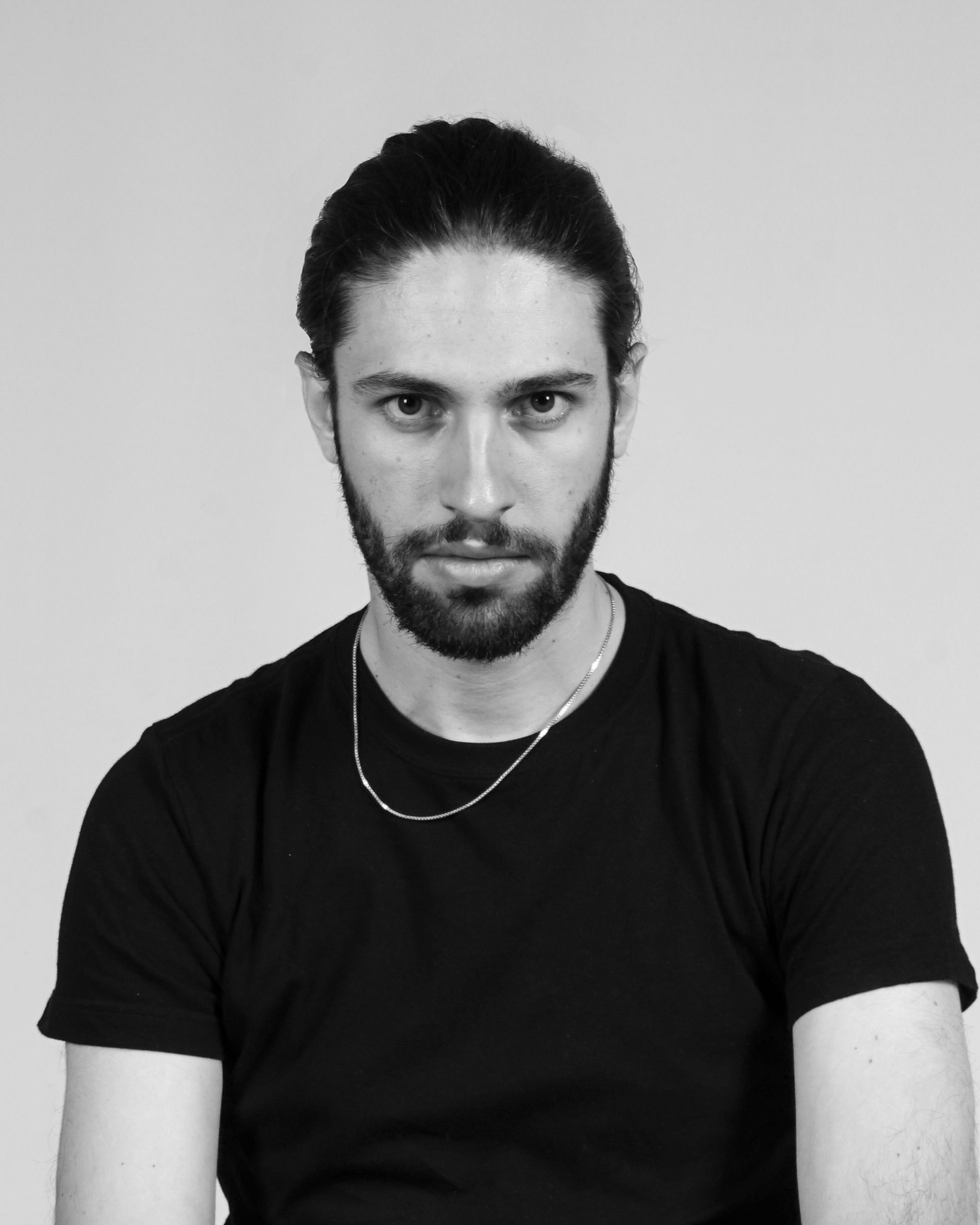What it does
Degree features a 10° angled handle for ergonomic, natural support, a dynamic base that cushions steps dynamically and stands freely and a discreet built-in locating feature for peace of mind. It empowers users to move confidently and independently every day.
Your inspiration
Through extensive user interviews, I identified a significant need for improvements to mobility aids, particularly walking canes. Although these products aim to restore independence, they often prevent users from leaving home due to their appearance and inability to meet daily needs. This plays a deep role in the understanding what causes social isolation in later years. People don't want to feel old and fragile, they want to be active and live life to the fullest. Early on, I noticed parallels with the development of sportswear, which provided the project with a new starting point and end goal: keep moving.
How it works
The cane has undergone several changes that strengthen the user in daily tasks. The handle is at a 10° angle to provide support outside the user's line of vision, as the resting hand position makes the cane touch the ground behind the user. While walking, the angle means the cane touches the ground faster, reducing air time and therefore unaided movement. The base aids movement, offering a running shoe approach by compressing, stabilizing and promoting a safe liftoff. Pressing down on the base with one foot puts it in standing mode. This inverts the underside of the base, creating a stabilized, free-standing cane. To switch back to walking mode, simply stand up and walk. A push pin acts as the main part of the mechanism, allowing only two positions of the base. If the surface the cane rests on begins to move, as in public transport, the lower part of the handle can be used to secure the cane to the user’s forearm.
Design process
Through analyzing existing walking aids I noticed a pattern: all of them seem to be developed to make the user stand still. Noticing this and living in a world where sportswear products are engineered to offer their users more out of each flake of energy they put into the sport I started to see parallels that I wanted to explore. Is it able to develop a walking cane, with the approach of a running shoe? I started by creating a telemetry cane, which offered insights into acceleration, angles and forces at play. This cane was then used by several users aged from 65 to 75 years old, while also recording their movements with a camera. This data was then not only used to develop the cane, but to also create an age suit, which works as a mobility hindrance through carefully chosen weights, braces and custom made 3D printed parts. With that I turned to open source motion capturing, to make sure my movements wearing the age suit corresponded with the data I collected before. From that I noticed the possibilities a handle at an angle can offer (and with that the amount of support). Going from that I started to test out different handle and base shapes, to create a freestanding cane, that feels natural to walk around with.
How it is different
Degree offers a whole new perspective on walking canes. It turns a necessary evil into something that gets you going. It encourages you to go out more and helps you to get more out of it. The cane offers a new kind of freedom when moving around. It can be placed almost anywhere, eliminating excuses not to go out, and its shape and colour make a statement: this is not a stigmatised product, it is a way for me to walk around and get more out of it. The built-in tracking function provides peace of mind, especially in cases of memory loss. The battery replacement process is considered by simply removing the linoleum grip and pressing in a new cell, replacement becomes effortless, even for individuals with reduced hand sensitivity. Degree helps to reclaim a sense of autonomy at a time when age has taken some of this freedom away.
Future plans
The next steps of the product would be to get it tested without the limiting factors of a consumer-grade 3D printer. Making a cane prototype that guarantees users can put their full body weight on it. Ensuring the materials used can be excluded as a variable and proceeding to extensive user tests. During the process, it was decided that the cane’s main tube would be cut by skilled personnel in orthopedic stores to the desired (and body-dependent) length. This could also hinder people unsure about getting a cane, so developing an easier-to-use, yet strong, height-adjustable tube would be a further goal.



Connect